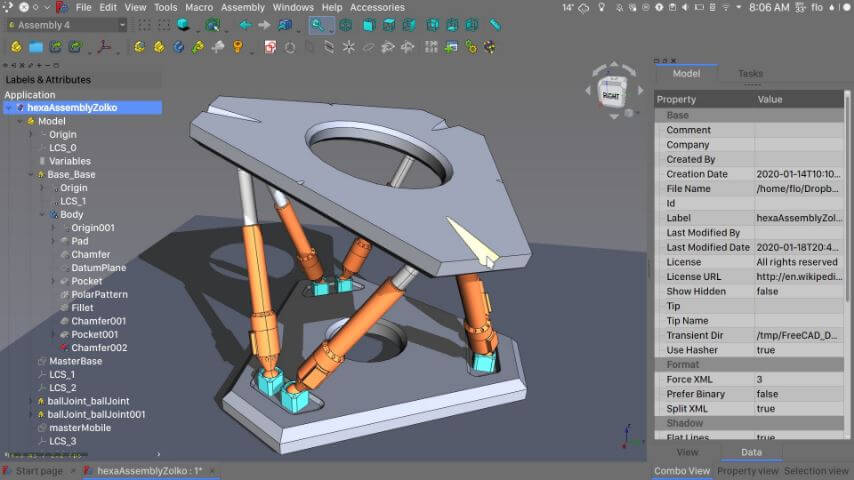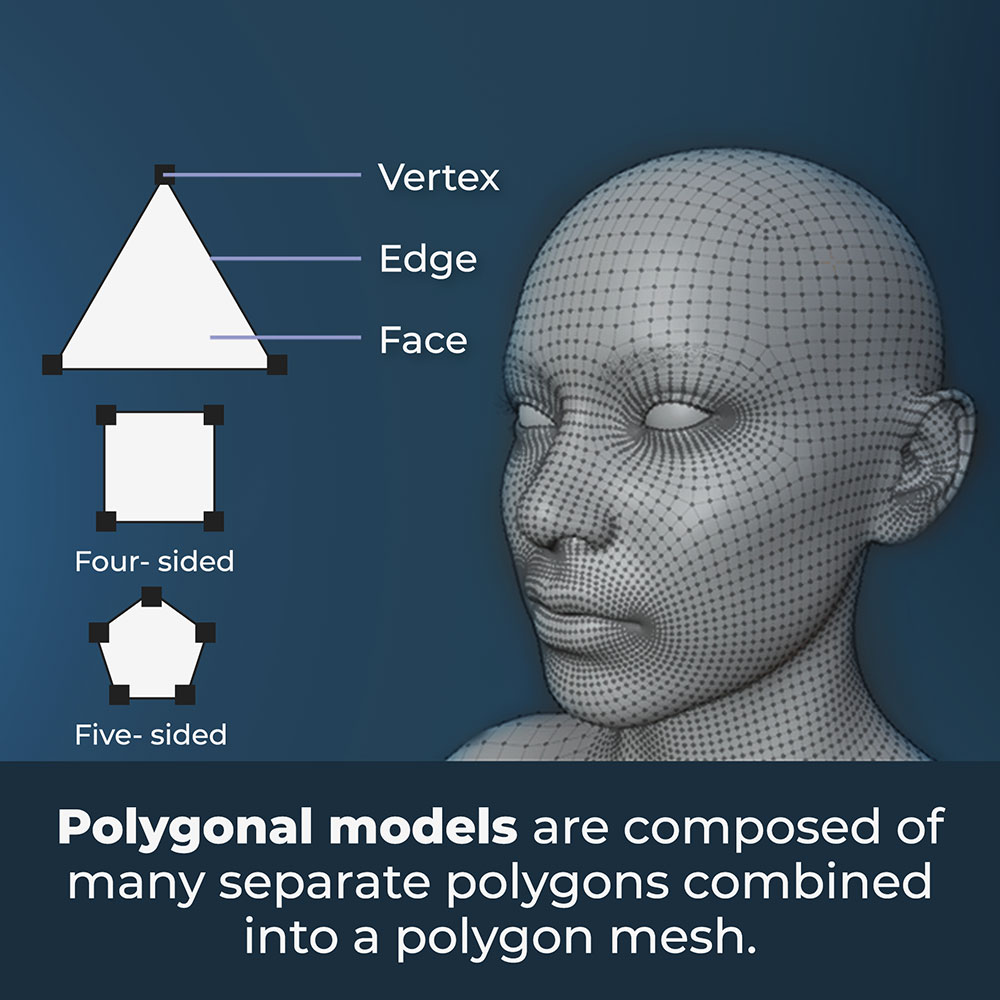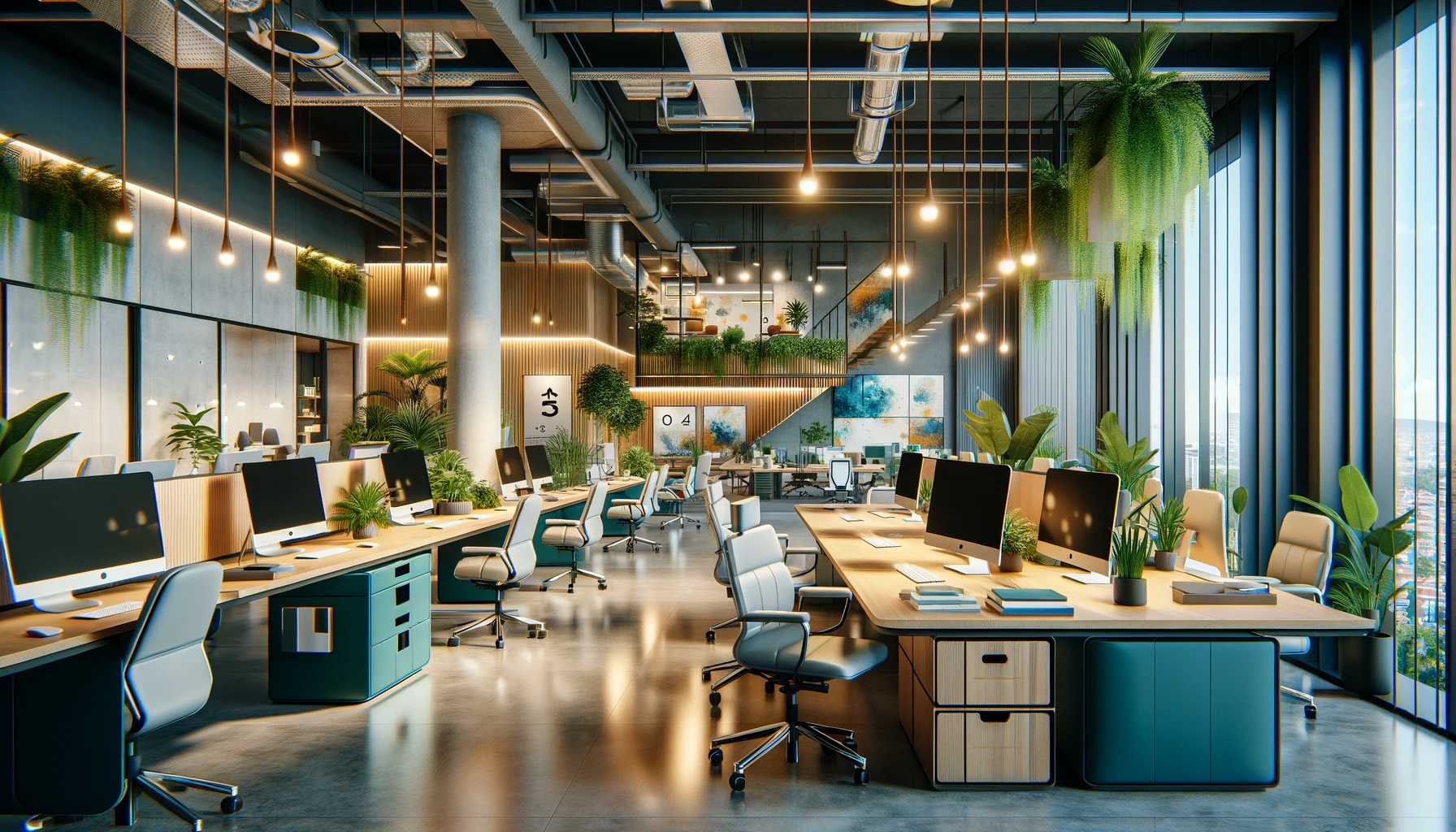Three-dimensional design (3D) is considered one of the advanced technologies in the graphics and digital design industry. 3D modeling makes it possible to create animated, realistic shapes on the computer in a way that closely resembles the real world. It uses software like 3D Max, Maya, and Cinema 4D to create these 3D graphics.
The importance of 3D design for creative industries
3D designs are considered the cornerstone of creative industries such as films, games, and architectural designs. This technology allows designers to create realistic worlds that make viewers feel completely integrated with the artwork. Thanks to the increasing use of 3D designs in these industries, there is a growing demand for designers with experience using these software and 3D design techniques.
In the future, the application of 3D design in other fields such as marketing, training, and medicine is expected to increase. Mastering this technology will have a huge impact on the creative industry and will open new doors for creativity and innovation.
The evolution of 3D design
History and development of 3D design
3D design was developed in the 1960s and began to be used in filmmaking and architectural designs. Initially, the creation process was time-consuming and relied on the use of complex software. With the development of technology and the advancement of computers, design has become easier and more available. In parallel with technological progress, 3D design techniques have also developed and new tools and software have emerged to facilitate and improve the creative process.
Techniques and tools
There are many techniques and tools used in the 3D design process. The most prominent of these tools are design programs such as 3D Max, Maya, and Cinema 4D. These programs provide easy-to-use interfaces and a set of tools and visual effects that help designers create realistic and stunning designs. In addition to this, technologies such as motion tracking, facial recognition, and advanced lighting are also used to improve the quality of 3D designs.

Uses of 3D design
3D design applications in various industries
3D designs are used in a variety of industries. They are used in film, gaming and graphic design to create stunning visual effects and realistic scenes. It is also used in the architecture and interior design industry to clarify designs and improve 3D visualization for future projects. In addition, it is also used in the field of medicine, artificial organ design, and medical simulation.
Benefits of using 3D design in engineering design and architecture
This type of design provides many benefits in the fields of engineering design and architecture. 3D renderings help improve project understanding and clarify designs to clients and engineers. It also helps provide more flexibility in designing projects and testing them before actual construction. It can also be used to analyze sustainability and reduce errors and risks in engineering and architectural projects.

The most important 3D design programs and their features
There are many programs available that can be used to create stunning designs and realistic scenes. Here are some of the most important of these programs and their features:
• Autodesk 3ds Max: Leading design software, providing a wide range of advanced tools and features for creating photorealistic designs and visual effects.
• Cinema 4D: Powerful, beginner-friendly software that provides an easy-to-use interface and a variety of tools for creating 3D designs.
• Maya: A popular program used in the film and game industry, characterized by its ability to create complex designs and advanced visual effects.
• Blender: A free, open source program that provides many modern tools and techniques for creating 3D designs.
When choosing software for 3D design, many factors must be taken into consideration, such as:
- The capabilities of the program and what enables it to create the required designs.
- The program’s interface and ease of use.
- The cost of the program and your budget.
- System requirements to run the program.
- Availability of lessons and technical support for the program.
- Other users’ comments and ratings for the program.
After evaluating these factors, you can choose the most appropriate program to achieve what you want.
Challenges and problems
The design implementation process faces some challenges and problems that must be faced. Here are some of these challenges:
Technical challenges in implementation
3D designs may require a huge amount of computing power and resources to run programs. – Advanced implementation of 3D designs can be lengthy and complex and may require specialized skills in this area.
Problems with file handling and compatibility in 3D
Some programs may not be compatible with each other, which leads to difficulty in exchanging files between them. Compatibility problems may occur with different operating systems and computers, affecting work efficiency and communication with the design team.
By choosing the appropriate program and dealing with these challenges and problems effectively, great results can be achieved in the design process. If you are a project owner or want to create an architectural or interior decoration project and need a 3D designer, all you have to do is contact us.



